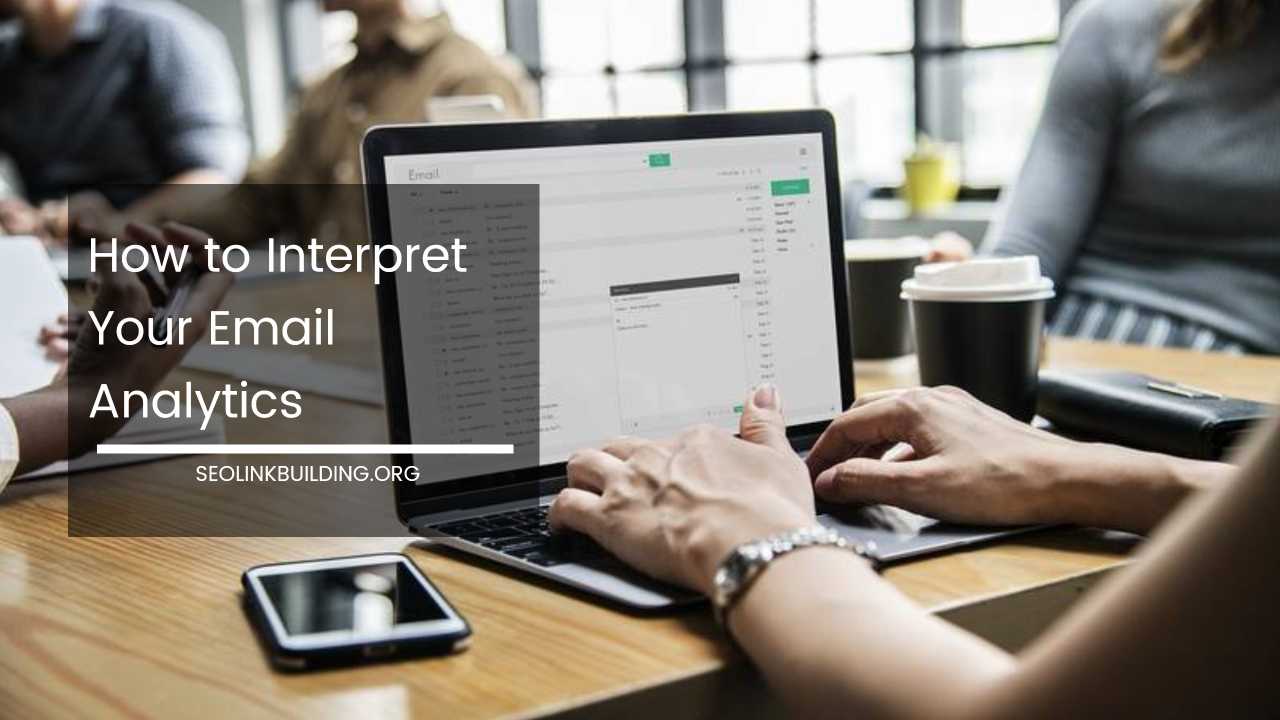SEO for Bloggers: Tips to Improve Your Blog’s Visibility

SEO for Bloggers
Why SEO Matters for Bloggers: Boosting Your Blog’s Reach
In the ever-expanding blogosphere, standing out from the crowd and attracting a dedicated readership can be a daunting task.
With millions of blogs covering virtually every topic imaginable, getting your blog noticed by search engines and readers alike requires strategic planning and diligent effort. This is where Search Engine Optimization (SEO) comes into play.
SEO is not just a buzzword; it’s a critical tool that can significantly impact your blog’s visibility and success.
Whether you’re a seasoned blogger looking to enhance your blog’s performance or a beginner eager to start on the right foot, this comprehensive guide will provide you with valuable insights and practical tips to improve your blog’s visibility through effective SEO strategies.
What is SEO, and Why Does It Matter for Bloggers?
SEO is the practice of optimizing your website or blog to improve its visibility on search engine results pages (SERPs).
When someone searches for a specific topic, product, or information on a search engine like Google, the websites that appear at the top of the results page are the ones that have effectively utilized SEO techniques.
As a blogger, SEO matters for several reasons:
- Increased Visibility: Good SEO practices can help your blog rank higher on search engine results pages. This means more people will discover your content when searching for relevant keywords, leading to increased organic traffic.
- Targeted Traffic: SEO helps you attract the right audience—people who are actively searching for the information or topics you write about. This targeted traffic is more likely to engage with your content and become loyal readers.
- Credibility and Trust: High search engine rankings often convey credibility and trustworthiness. When your blog appears at the top of search results, users are more likely to see it as a reliable source of information.
- Long-Term Benefits: Effective SEO can provide long-term benefits. Once your content ranks well, it can continue to generate organic traffic for months or even years, reducing your reliance on paid advertising.
Now that you understand why SEO is essential for bloggers, let’s delve into practical tips to improve your blog’s visibility.
1. Conduct Keyword Research
Keyword research is the foundation of any successful SEO strategy. It involves identifying the specific words and phrases (keywords) that people use when searching for content related to your blog’s niche. Here’s how to do it effectively:
- Use Keyword Research Tools: Tools like Google Keyword Planner, SEMrush, and Ahrefs can help you discover relevant keywords. Focus on long-tail keywords (phrases with three or more words) that have decent search volume and low competition.
- Analyze Your Competitors: Look at what keywords your competitors are targeting. This can give you insights into gaps in the market or opportunities to outrank them on specific topics.
- Consider User Intent: Understand the intent behind keywords. Are users looking for information, products, or solutions? Tailor your content to match their intent.
2. Optimize Your Blog’s On-Page SEO
On-page SEO involves optimizing individual pages or blog posts to make them more search engine-friendly. Here are key elements to focus on:
- Title Tags: Craft compelling and keyword-rich title tags for your blog posts. This is the first thing users see on search engine results pages, so make it attention-grabbing.
- Meta Descriptions: Write concise and informative meta descriptions that encourage users to click on your link. Include your target keyword naturally.
- Header Tags: Use header tags (H1, H2, H3, etc.) to structure your content. This not only helps with SEO but also improves the readability of your blog.
- Keyword Placement: Incorporate your target keyword naturally throughout your content, including in headings, subheadings, and the body of the text.
- Image Optimization: Optimize images by using descriptive filenames and alt tags. This helps search engines understand the content of your images.
3. Create High-Quality, Engaging Content
Content quality is paramount in SEO. Search engines prioritize content that provides value to users. Here’s how to create compelling content:
- Originality: Always create original content. Plagiarism can harm your blog’s credibility and SEO rankings.
- Content Length: While there’s no fixed word count for blog posts, longer content often ranks better. Aim for in-depth, informative articles when the topic warrants it.
- Readability: Use clear and concise language. Break up long paragraphs with subheadings, bullet points, and numbered lists to improve readability.
- Multimedia: Incorporate images, videos, infographics, and other multimedia elements to enhance your content’s appeal.
- Keyword Integration: Naturally integrate keywords into your content, ensuring they fit seamlessly.
4. Optimize for Mobile Devices
Mobile optimization is no longer optional—it’s a necessity. With the majority of internet users accessing content on mobile devices, search engines prioritize mobile-friendly websites. Ensure your blog is responsive and provides an excellent user experience on smartphones and tablets.
5. Build Quality Backlinks
Backlinks, or inbound links from other reputable websites to your blog, are a significant ranking factor. However, it’s not about quantity but quality. Here’s how to build quality backlinks:
- Guest Posting: Contribute guest posts to reputable websites in your niche. Include a link back to your blog in your author bio or within the content when relevant.
- Broken Link Building: Find broken links on other websites, and offer your content as a replacement. This is a win-win—you help them fix their broken link, and you gain a valuable backlink.
- Content Promotion: Share your content on social media, forums, and other relevant online communities. When people find your content valuable, they may naturally link to it.
- Networking: Build relationships with other bloggers and website owners in your niche. Collaboration opportunities can lead to backlinks.
6. Improve Page Load Speed
Page load speed is a crucial ranking factor and can impact user experience. Slow-loading pages can result in higher bounce rates, which can harm your SEO. To improve page load speed:
- Compress Images: Use image compression tools to reduce image file sizes without compromising quality.
- Leverage Browser Caching: Enable browser caching to store static resources on a user’s device, reducing load times for return visitors.
- Minimize HTTP Requests: Reduce the number of elements on your page that require separate HTTP requests, such as scripts and stylesheets.
- Choose a Fast Web Host: Select a reliable web hosting provider known for its speed and performance.
7. Monitor and Analyze Your SEO Performance
Regularly monitor your blog’s SEO performance to identify areas for improvement. Utilize tools like Google Analytics and Google Search Console to track key metrics, such as:
- Organic Traffic: Monitor the growth of organic traffic to your blog over time.
- Click-Through Rate (CTR): Analyze how often users click on your blog’s links in search results.
- Bounce Rate: Keep an eye on your bounce rate; a high bounce rate may indicate issues with your content or user experience.
- Keyword Rankings: Track the rankings of your target keywords to gauge the effectiveness of your SEO efforts.
- Backlink Profile: Monitor your backlink profile to ensure the quality of incoming links.
8. Stay Informed and Adapt
SEO is an ever-evolving field. Search engines regularly update their algorithms, which can impact your blog’s rankings. To stay ahead, make sure to:
- Follow Industry News: Stay informed about SEO trends and updates by following reputable SEO blogs and websites.
- Experiment and Adapt: Be willing to experiment with new strategies and adapt to changes in the SEO landscape.
- Continuously Learn: Consider taking online courses or attending SEO workshops to deepen your knowledge.
9. Be Patient and Persistent
SEO is not a quick-fix solution. It takes time to see significant results. Be patient, stay persistent, and keep refining your SEO strategies as you go along. Consistent effort and dedication will pay off in the long run.
Final Thoughts
As a blogger, mastering SEO is a critical step in improving your blog’s visibility and attracting a larger audience.
By conducting keyword research, optimizing your on-page SEO, creating high-quality content, and following the tips outlined in this guide, you can enhance your blog’s chances of ranking well on search engine results pages.
Remember that SEO is an ongoing process. It requires continuous monitoring, adaptation to algorithm changes, and a commitment to delivering valuable content to your readers.
By making SEO an integral part of your blogging strategy, you can steadily increase your blog’s visibility and ultimately achieve your goals as a blogger.
So, start implementing these SEO tips today and watch your blog soar to new heights of success in the blogosphere.













